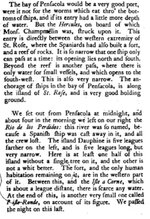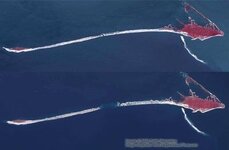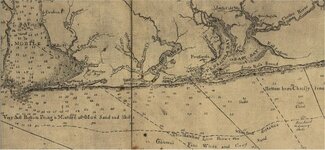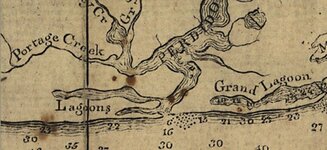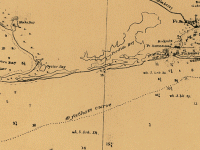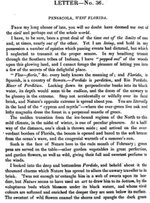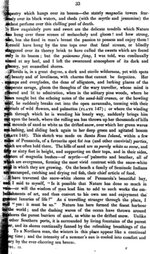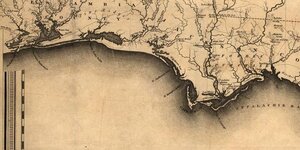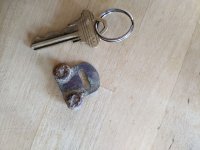G.I.B.
Gold Member
- Feb 23, 2007
- 7,187
- 8,537
- 🏆 Honorable Mentions:
- 1
- Detector(s) used
- CTX 3030 / GTI 2500 / Infinium LS / Tesoro Sand Shark / 1 Garrett Pro-pointer / 1 Carrot / Vibra Probe 580 (out on loan) / Lesche M85 / Mark1 MOD1 EyeBall
- Primary Interest:
- Other
Below is a page from a book I've been using for some associated research. It was a letter written in 1722 by a French traveller. He was making his way to Mobile after being shipwrecked and traveling up the west coast of Florida June 1722.
From his descriptions he is obviously speaking of the Perdido River that separates Alabama and Florida. The Spanish shipwreck obviously occurred some years prior. I'm just curious at this stage, if anyone knows the name of the stricken vessel or the story that goes along with it.
From his descriptions he is obviously speaking of the Perdido River that separates Alabama and Florida. The Spanish shipwreck obviously occurred some years prior. I'm just curious at this stage, if anyone knows the name of the stricken vessel or the story that goes along with it.


